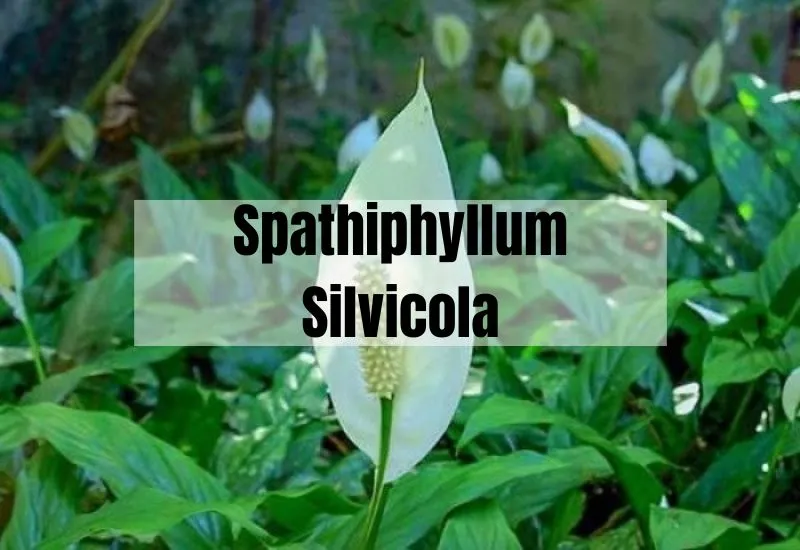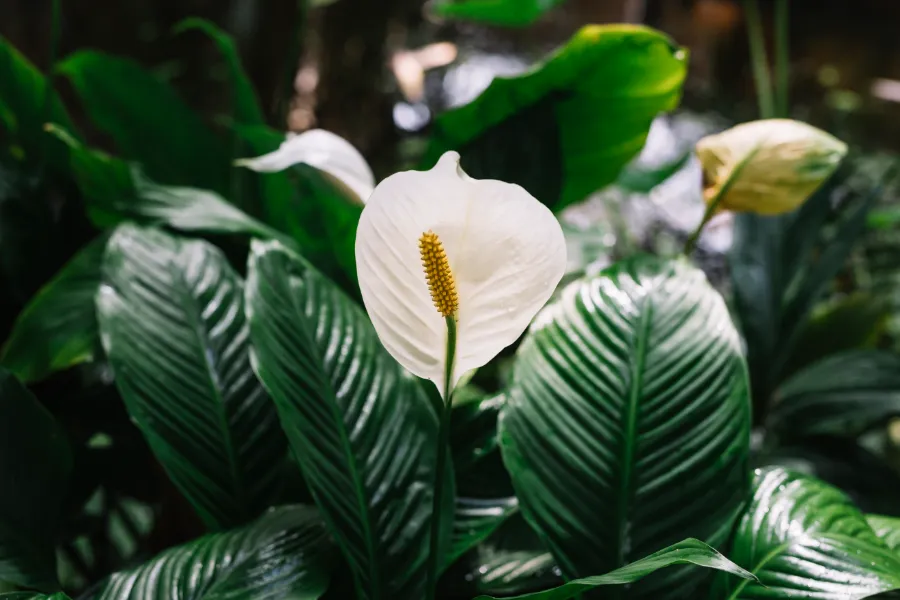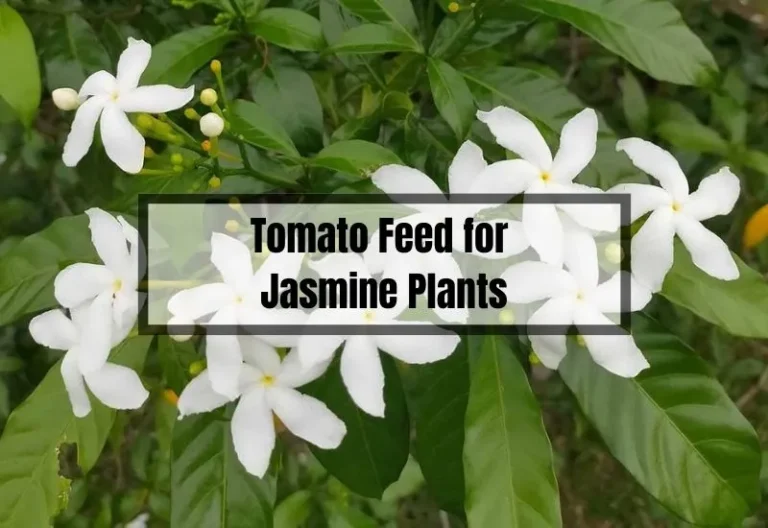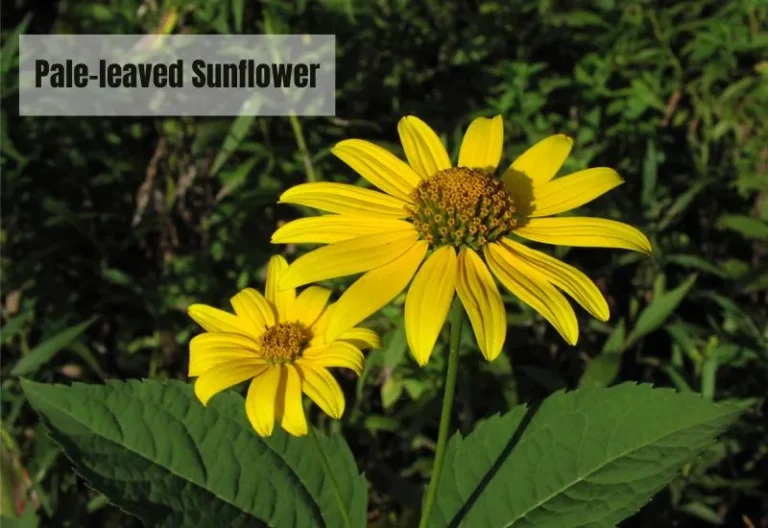Spathiphyllum Silvicola: A Guide to Growing and Caring for this Rare Houseplant
From Louise: Passionate about gardening, I specialize in plant care and flower knowledge. I’m here to share my expertise and assist with your gardening queries. Feel free to ask any questions or seek advice on lawn care—I’ll respond within 24 hours!
If you’re looking for an elegant yet low-maintenance plant to add to your indoor garden, Spathiphyllum Silvicola may be just what you need. This flowering plant, native to Colombia and Costa Rica, features glossy green leaves and white spathe flowers that can add a touch of sophistication to any room.
One of the best things about Spathiphyllum Silvicola is how easy it is to propagate. Whether you’re an experienced gardener or just starting out, you can quickly and easily divide the plant into smaller sections and replant them in new pots.
With a little bit of care, you can soon have a thriving collection of Spathiphyllum Silvicola plants in your indoor garden.
Key Takeaways
- Spathiphyllum Silvicola is a low-maintenance plant with glossy green leaves and white spathe flowers.
- This plant is native to Colombia and Costa Rica and can be easily propagated through division.
- With a little bit of care, you can have a thriving collection of Spathiphyllum Silvicola plants in your indoor garden.

Spathiphyllum Silvicola: A closer Look
Spathiphyllum silvicola is a tropical houseplant that thrives in high humidity and warmth. Originating from the wet tropical biome of Costa Rica and Colombia, it loves dense forests and plenty of rainfall.
This plant boasts large, glossy green leaves and elegant white flowers that resemble calla lilies, making it a real showstopper. If you’re looking for a beautiful, low-maintenance plant to add to your indoor garden, Spathiphyllum silvicola is a great choice.
Growth Habits and Characteristics
Perennial Plant
Spathiphyllum silvicola is a perennial plant that can survive and grow for many years, providing you with a long-lasting greenery.
This plant is also known for its adaptability to different environmental conditions, making it a perfect option for novice and experienced gardeners alike.
Common Features and Appearance
The Spathiphyllum silvicola plant boasts large, glossy green leaves that add an elegant touch to any room.
Its white flowers, resembling calla lilies, are a real showstopper and add a touch of mystique and charm.
Uses of Spathiphyllum Silvicola

1. Home and Office Plant
Spathiphyllum silvicola is a popular choice for home and office décor due to its dramatic foliage and alluring flowers.
It’s perfect for creating a refreshing and healthy environment as it has air-purifying abilities that filter out common indoor pollutants.
2. Landscape Plantings
In warmer climates, you can use Spathiphyllum silvicola in landscape plantings to add a touch of tropical flair.
It’s an excellent choice for creating an exotic oasis in your garden or as a striking focal point among other plants.
3. Air Purification
Spathiphyllum silvicola is a natural air purifier that filters out common indoor pollutants, making the air around it cleaner and healthier.
It’s an excellent choice for those who want to improve air quality in their homes or offices.
4. Ecosystem Support
In its native habitat, Spathiphyllum silvicola plays a crucial role in supporting local ecosystems. It provides food and shelter for various creatures, contributing to the overall health and biodiversity of the rainforest.
Caring for Spathiphyllum Silvicola
When it comes to caring for your Spathiphyllum Silvicola, there are a few key things to keep in mind. In this section, we’ll cover watering, light requirements, and soil preferences.
Watering
To keep your Spathiphyllum Silvicola healthy, it’s important to water it properly. The plant prefers to be kept moist, but not overly wet.
You should water your plant when the top inch of soil feels dry to the touch. Be sure to use room temperature water, as cold water can shock the plant’s roots.
Overwatering can lead to root rot, so be careful not to let your plant sit in standing water. If you notice any yellowing or browning of the leaves, it may be a sign of overwatering.
Light Requirements
Spathiphyllum Silvicola prefers bright, indirect light. Direct sunlight can scorch the leaves, so it’s best to keep your plant away from windows that receive direct sunlight. If your plant isn’t getting enough light, you may notice that the leaves start to droop.
Soil Preferences
The soil you use for your Spathiphyllum Silvicola is just as important as how often you water it. The plant prefers well-draining soil that is rich in organic matter.
You can use a high-quality potting mix or make your own by mixing equal parts peat moss, perlite, and vermiculite.
Be sure to repot your plant every 1-2 years to give it fresh soil and room to grow. When repotting, choose a pot that is one size larger than the current pot.
By following these simple care instructions, you can keep your Spathiphyllum Silvicola healthy and thriving for years to come.
Related Posts:
Common Problems and Solutions
If you’re having trouble with your Spathiphyllum Silvicola, don’t worry! Here are some common problems you may encounter and their solutions.
Yellow Leaves
If you notice yellow leaves on your Spathiphyllum Silvicola, it could be a sign of overwatering. Ensure that you are not watering your plant too frequently.
Check the drainage of your pot to make sure water is not accumulating at the bottom. If the soil is too wet, let it dry out before watering again.
Another cause of yellow leaves is too much direct sunlight. Spathiphyllum Silvicola prefers bright, indirect light, so move your plant to a shadier spot if necessary.
Wilting
If your Spathiphyllum Silvicola is wilting, it may be a sign of underwatering. Make sure you’re watering your plant enough. Check the soil regularly and water when the top inch feels dry to the touch.
Another cause of wilting is exposure to cold temperatures. Spathiphyllum Silvicola prefers warm temperatures, so ensure you’re not exposing it to drafts or cold air.
Pests
If you notice pests on your Spathiphyllum Silvicola, such as spider mites or mealybugs, there are a few things you can do to get rid of them. First, isolate the affected plant to prevent the infestation from spreading.
Then, use a mild insecticidal soap to treat the plant. You can also wipe the leaves with a damp cloth to remove any pests. Remember to regularly inspect your plant for pests and take action as soon as you notice any signs of an infestation.
Related Posts:
Propagation Methods
If you are looking to expand your collection of Spathiphyllum Silvicola, you can try propagating them using different methods. Each method has its own advantages and disadvantages.
Division
One of the easiest ways to propagate Spathiphyllum Silvicola is through division. This method involves separating the plant into smaller sections and then planting those sections in their own pots.
To propagate through division, carefully remove the plant from its pot and gently shake off any excess soil. Look for natural divisions in the plant, where the stems and roots have already separated.
Use a clean, sharp knife or pruning shears to cut through the stems and roots, dividing the plant into smaller sections. Plant each section in its own pot, using fresh potting soil.
Division is a great option for propagating Spathiphyllum Silvicola because it’s simple and doesn’t require any special equipment. Plus, you’ll end up with multiple plants that are genetically identical to the original.
Tissue Culture
Another option for propagating Spathiphyllum Silvicola is through tissue culture. This method involves taking a small sample of plant tissue and growing it in a lab, where it can develop into a new plant.
To propagate through tissue culture, take a small sample of tissue from the parent plant, such as a leaf or stem. Place the tissue in a sterile container with a nutrient-rich growth medium.
Keep the container in a controlled environment with the right balance of light, temperature, and humidity. Wait for the tissue to grow into a new plant, then transfer it to its own pot.
Tissue culture is a more complex method of propagation, but it has some advantages. For example, it allows you to produce a large number of plants from a single sample of tissue, and it can be used to create new varieties of Spathiphyllum Silvicola with unique traits.
Seed Propagation
Finally, you can also propagate Spathiphyllum Silvicola from seed. This method involves collecting the seeds from a mature plant and then planting them in soil.
To propagate through seed, collect the seeds from a mature Spathiphyllum Silvicola plant. Plant the seeds in a pot filled with fresh potting soil. Keep the soil moist and warm, and provide plenty of light.
Wait for the seeds to germinate and grow into seedlings, then transfer them to their own pots. Seed propagation can be a fun and rewarding way to propagate Spathiphyllum Silvicola, but it can also be more challenging than the other methods.
Seeds can be slow to germinate, and the resulting plants may not be identical to the parent plant.
Frequently Asked Questions (FAQs)
Is Spathiphyllum silvicola toxic to pets?
Spathiphyllum silvicola contains calcium oxalate crystals, which can be toxic to pets if ingested. Keep this plant out of reach of your furry friends to prevent any accidents.
How often should I repot my Spathiphyllum silvicola?
Repot your Spathiphyllum silvicola every 1-2 years or when you notice the roots outgrowing the pot. This will ensure the plant has enough space to grow Repot your Spathiphyllum silvicola every 1-2 years or when you notice the roots outgrowing the pot.
This will ensure the plant has enough space to grow
and remain healthy. When repotting, choose a pot that’s just a few inches larger in diameter than the current one to avoid waterlogging the soil.
Can Spathiphyllum silvicola grow outdoors?
Spathiphyllum silvicola can be grown outdoors in USDA hardiness zones 10 and 11, where temperatures remain consistently warm throughout the year. In cooler climates, consider growing it in a container so you can bring it indoors during colder months.
What is the ideal pot size for a Spathiphyllum silvicola plant?
The ideal pot size for Spathiphyllum silvicola depends on the size of the plant. Choose a pot that is 2-3 inches larger in diameter than the root ball, ensuring there’s enough room for growth but not too much space, as this can lead to waterlogged soil.
Can I propagate Spathiphyllum silvicola from cuttings?
While it’s not common to propagate Spathiphyllum silvicola from cuttings, it’s possible. A more reliable method is to divide the plant during repotting. Gently separate the root ball into smaller sections, making sure each division has a healthy root system and foliage. Plant each division in its own pot with fresh, well-draining soil.
Conclusion
Incorporating Spathiphyllum silvicola into your home or garden can add a touch of tropical beauty that is sure to brighten up any space.
Taking the time to understand the plant’s native habitat and care requirements is key to ensuring its healthy growth and stunning foliage.
By sharing your experiences and tips for caring for Spathiphyllum silvicola with fellow plant enthusiasts, you can help create a vibrant community of plant lovers. So, embrace the joy that this captivating plant brings and watch it thrive with a bit of love and attention.






